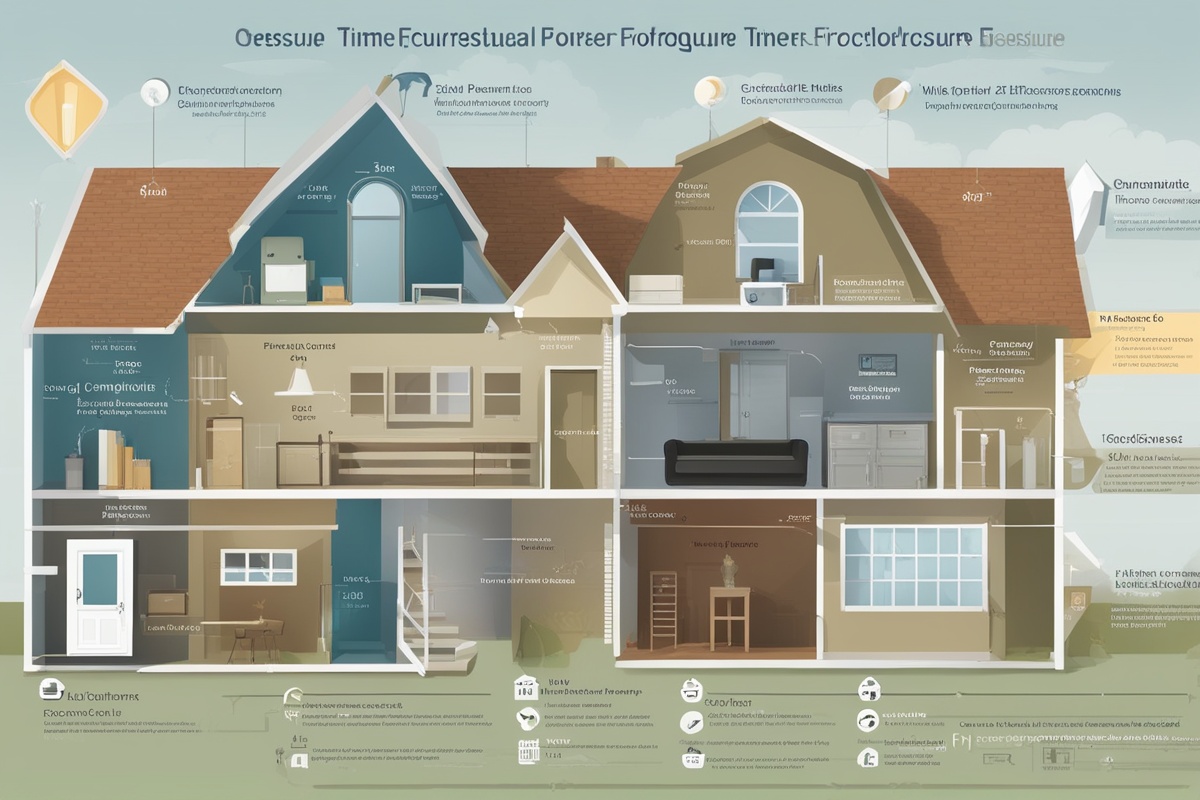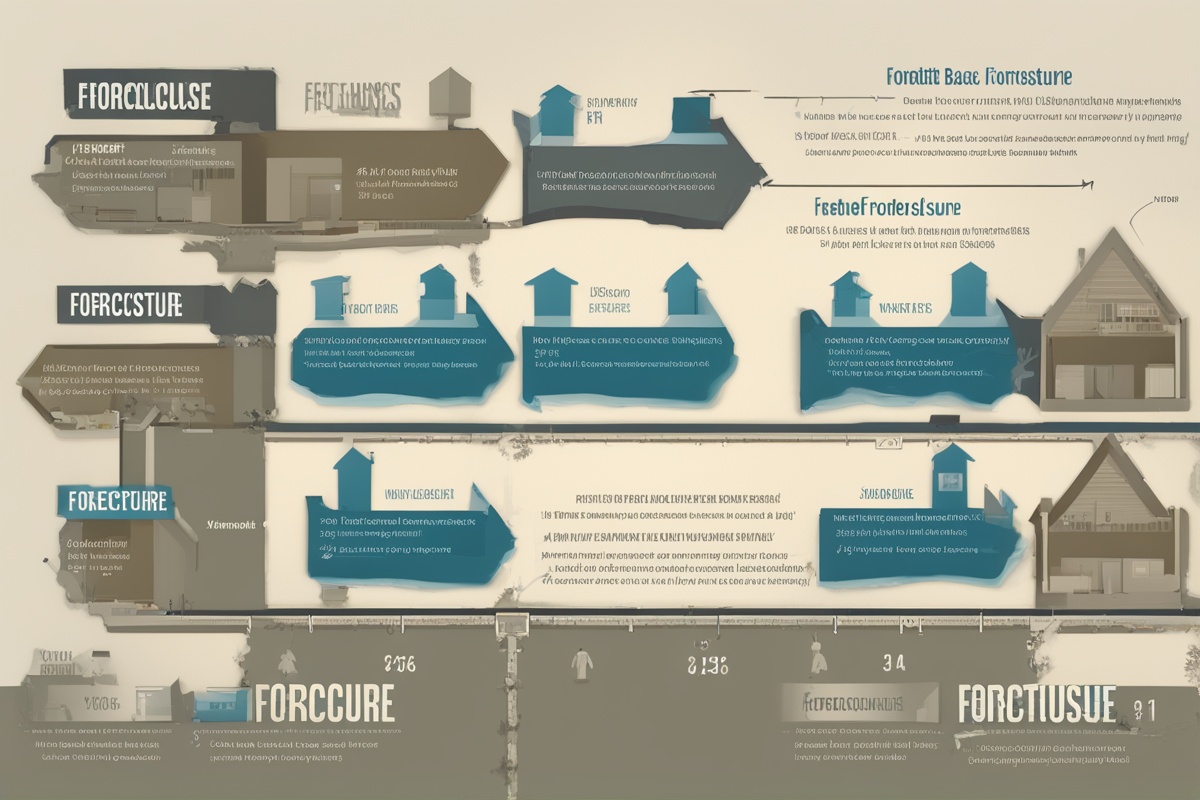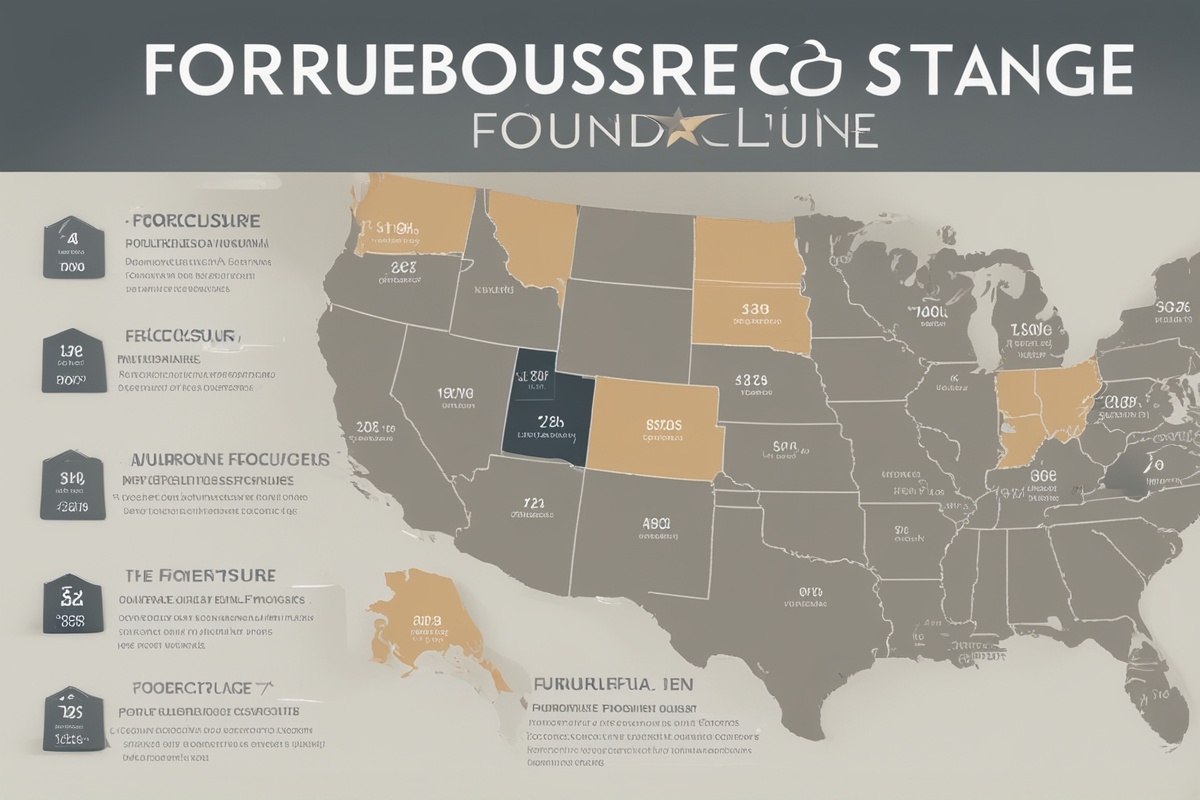Navigating the murky waters of property repossession can feel like walking through a storm without an umbrella. Whether you’re a homeowner facing financial hardship or a curious bystander trying to understand the process, the key stages in property repossession are critical to grasp. It’s not just about losing a home—it’s about understanding the timeline, the legal steps, and the emotional toll it can take. I’ve seen friends and clients wrestle with this firsthand, and I’m here to break it down for you with clarity and actionable insights. Let’s dive into the nitty-gritty of how repossession unfolds, so you’re not left in the dark.
Disclaimer: This article is for informational purposes only, based on general research and experience—it’s not a substitute for professional legal or financial advice, diagnosis, or treatment. The process of property repossession can vary widely depending on your location, the type of loan, and individual circumstances. Always consult a qualified attorney, financial advisor, or other relevant professional for personalized guidance tailored to your situation. I’m sharing insights to help you understand the general framework, but your specific case may involve nuances that require expert intervention.
What Is Property Repossession, Anyway?
Before we unpack the key stages in property repossession, let’s get on the same page about what it means. Property repossession, often synonymous with foreclosure in the context of real estate, is the legal process by which a lender takes back a property when a borrower fails to meet the terms of their mortgage or loan agreement. Think of it as the lender saying, “We’ve given you time, but we need to reclaim what’s ours.” It’s a harsh reality, but it’s not an overnight decision—it follows a structured timeline, often spanning months or even years.
Imagine you’re a homeowner who’s fallen behind on payments due to a job loss. The bank doesn’t just show up one day with an eviction notice. There are steps, warnings, and opportunities to turn things around. Understanding these stages can be the difference between losing your home and finding a lifeline. I’ve worked with folks who didn’t realize they had options until it was almost too late—don’t let that be you.
Stage 1: Missed Payments and Early Warnings
The journey of property repossession often begins with something as simple—and stressful—as a missed mortgage payment. Life happens: medical bills pile up, a car breaks down, or maybe you’ve just overstretched your budget. Whatever the reason, missing that first payment triggers a domino effect. Most lenders give a grace period of 15-30 days before considering a payment “late,” but don’t be fooled into thinking they’re not watching. They are.
After about 30 days, expect a polite but firm notice from your lender—a reminder that you’re behind. At 60 days, the tone shifts. You might get phone calls or letters warning of potential consequences. Here’s where many homeowners panic, but I’ve seen people use this stage as a wake-up call. A friend of mine, let’s call her Sarah, missed two payments after a messy divorce. Her lender reached out, and instead of ignoring the calls, she negotiated a temporary forbearance. Not every story ends this way, but the lesson is clear: communication is key at this early stage. If you’re struggling, reach out to your lender before things spiral. For more on managing missed payments, check out our post on Mortgage Relief Options.
Stage 2: Notice of Default—The Official Warning
If payments remain unpaid for 90 days or more, things get serious. This is when lenders typically file a Notice of Default (NOD), a public record that signals you’re in breach of your loan agreement. It’s like the lender drawing a line in the sand, saying, “We’re not messing around anymore.” The NOD is often the first formal step in the key stages of property repossession, and it’s a gut punch for most homeowners. You’ll usually receive this notice via certified mail, and it’s also recorded with your local county office.
Here’s the silver lining: an NOD doesn’t mean you’ve lost your home yet. In many states, you have a “right of reinstatement,” meaning you can catch up on payments (plus fees) to stop the process. I recall a client who received an NOD and thought it was game over. With some budgeting help and a small personal loan from family, he reinstated his mortgage just in time. Not everyone has that support system, but exploring options like loan modification or refinancing during this window is crucial. Curious about loan modifications? We’ve got a detailed guide on Understanding Loan Modifications.
Stage 3: Pre-Foreclosure and Last-Ditch Efforts
Once the Notice of Default is filed, you enter the pre-foreclosure stage. This period—often lasting 30 to 120 days, depending on state laws—gives you a final chance to resolve the issue before the property goes to auction. Lenders might offer loss mitigation options, like a short sale (selling the home for less than you owe) or a deed in lieu of foreclosure (voluntarily giving up the property). It’s not ideal, but it can save your credit from taking a bigger hit.
Why do lenders offer these options? Simple—they don’t want your house. Repossessing and reselling a property is a hassle and often a financial loss for them. I’ve advised clients during this stage to weigh every option carefully. One couple I worked with opted for a short sale, moved into a rental, and rebuilt their finances over a few years. It wasn’t the dream outcome, but it was better than a full foreclosure. If you’re in this stage, ask yourself: What’s my long-term goal? Keeping the home at all costs, or minimizing damage and starting fresh?
Stage 4: Auction or Sale—The Point of No Return
If no resolution is reached during pre-foreclosure, the property moves to auction or public sale, a heartbreaking milestone in the key stages of property repossession. The lender sets a date, often announced via a Notice of Trustee Sale, and the home is sold to the highest bidder—usually at a steep discount. In some states, this is called a judicial foreclosure, requiring court approval, while others follow a non-judicial process handled by a trustee.
At this point, most homeowners have already vacated the property, though some cling on, hoping for a miracle. I’ve seen auctions firsthand at local courthouses—rows of investors ready to scoop up properties for pennies on the dollar. It’s a stark reminder of how quickly things can slip away. If you’re facing an auction, know that some states offer a “right of redemption,” allowing you to reclaim the property post-sale by paying the full amount owed. It’s rare, but it happens. For a deeper dive into state-specific rules, see our article on State Foreclosure Laws.
Stage 5: Eviction and Aftermath
If the property sells at auction (or if the lender takes it back as “real estate owned”), the final stage is eviction. You’ll receive a formal notice to vacate—often 3 to 30 days, depending on local laws. If you don’t leave, the new owner can involve law enforcement to remove you. It’s a low point, no doubt. I remember helping a family pack up after an eviction notice; the emotional weight was heavier than the boxes. But even here, there’s a path forward.
The aftermath of repossession lingers—your credit score could drop by 100-300 points, staying on your report for seven years. Yet, life doesn’t end here. Start rebuilding by securing stable housing, creating a strict budget, and seeking credit counseling. I’ve watched people bounce back from foreclosure stronger than ever—it takes grit, but it’s doable. Ask yourself: What can I learn from this? How can I protect myself in the future?
Practical Tips to Avoid or Navigate Repossession
Now that we’ve walked through the key stages in property repossession, let’s talk prevention and survival. First, don’t ignore your lender—silence is your worst enemy. Open those letters, answer those calls, and be honest about your situation. Second, explore government programs like the Home Affordable Modification Program (HAMP) if you’re eligible. Third, consider legal help; a foreclosure attorney can sometimes delay proceedings or uncover errors in the lender’s process.
Lastly, prioritize your mental health. The stress of repossession can be crushing—talk to someone, whether it’s a counselor or a trusted friend. I’ve seen the toll it takes, and no home is worth sacrificing your well-being. If you’re in the early stages, act fast. If you’re further along, focus on damage control. Either way, you’ve got more power than you might think.
References
- Consumer Financial Protection Bureau – What is a Foreclosure?
- U.S. Department of Housing and Urban Development – Avoiding Foreclosure
- Nolo – Understanding the Foreclosure Process
This content is for informational purposes only and not a substitute for professional advice.





